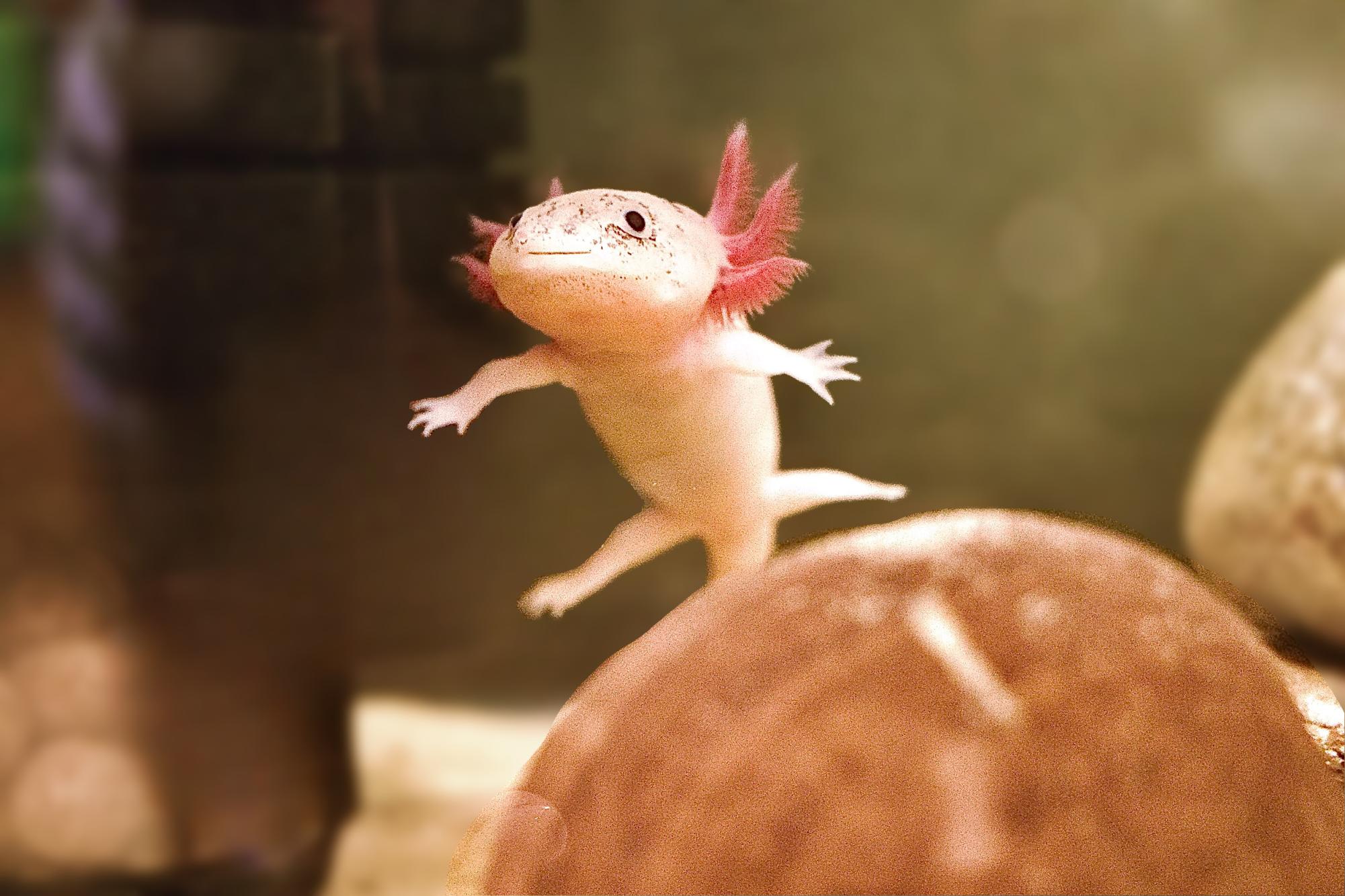Special new additions have been added to a classroom at Emmaus High School. Three slippery creatures that students continue to admire have recently become part of science teacher Kristen Susens’ classroom.
Susens, an environmental and science teacher at EHS, has recently adopted axolotls as class pets. Axolotls might be familiar to some, but also new to others.
“I feel like every person under the age of 20 grew up playing Minecraft and seeing axolotls because of that,” Susens said. “I remember when I told my nine year-old child that I was gonna get some axolotls, he thought it was super cool, so [I didn’t] do it to be cool or anything, but it is.”
In addition to Susens’ son, many students have found the axolotls to be a fascinating addition to the room’s environment.
Senior Nick Stone, a student in Susens’ AP Environmental class, has taken an interest in the unique creatures.
“I like all of them because I think they’re super cute and they look great in an environmentally friendly class,” Stone said.
While these animals are extremely adorable, they are also an incredible species with distinct traits.
An axolotl is a type of salamander that stays in its larval form. Axolotls are unlike most salamanders that go from a larva tadpole state, which is a period of the life cycle for some animals, to a full grown land amphibian. Axolotls stay in their juvenile state for their whole lives, which they spend in the water. Another trait of axolotls and other amphibians is having the ability to regrow limbs.
Axolotls aren’t a very common animal to be found in the wild. They are rare and only inhabit certain areas around the world.
“Axolotls are indigenous to three lakes in Mexico, and they are critically endangered,” Susens explained.
Axolotls are currently going extinct and their habitats are being destroyed. A factor of this extinction is due to their popularity in the pet trade. There is an unimaginable number of axolotls in captivity, including ones used as lab specimens.
“I got them from somebody who had accidental Axolotl babies and they were looking to offload a bunch of babies,” Susens said.
Due to their endangerment, Susens jumped at the opportunity to provide a safe test free home to care for these three axolotls. Now students and teachers alike can learn what they are all about and what one can do to help.
Senior Lency Tankwa, another student in Susens’ AP Environmental class, has also taken an interest in the axolotls.
“They just bring a different vibe to the class that I like,” Tankwa said.
Although the pets have only been in the classroom for a few weeks, they are already a favorite for many students. The axolotls not only bring a more positive and cheerful vibe to the classroom, but their new home protects them and allows them to thrive in a safe environment.
Susens’ axolotls can be found in their humble abode, their tank in room 136, where they spend their days swimming around and watching students learn, giving their classmates a chance to observe how they live.






